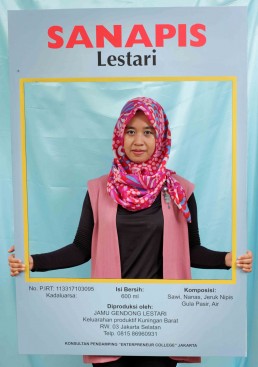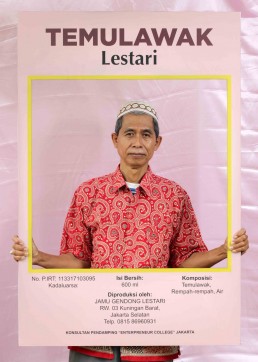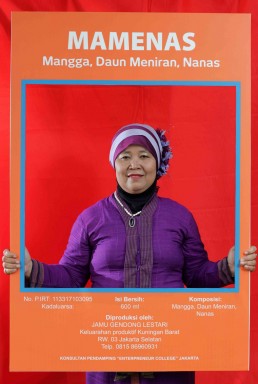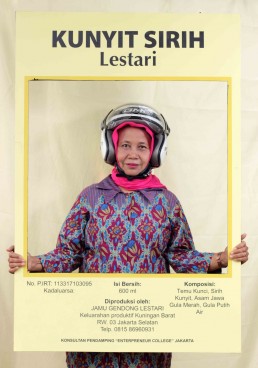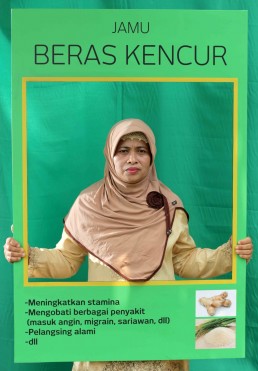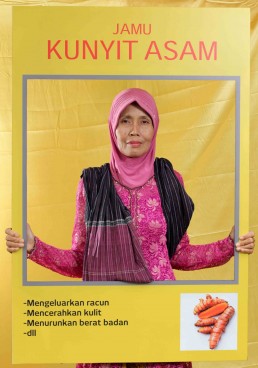The Jamu keepers
THE JAMU KEEPERS
Herka Yanis Pangaribowo, BOLA Sports Daily/Weekly
Historical records show a strong relationship between Indonesians’ ancestors and jamu in a context of a health issue. One of the records about jamu can be found in Serat Kawruh, in Jampi-Jampi chapter which is a collection of Surakarta Palace’s library. The ancient manuscript records 1,734 jamu recipes using natural ingredients as well as the recommendation for various treatments and dosages.
In the past, only royals could consume jamu, either for health or beauty treatment purposes. As time goes by, the popularity of jamu has expanded among general public. The way to sell jamu to any consumers has also varied. The oldest method invented was the one done by a jamu gendong seller who carries a bamboo basket filled with bottles of jamu in the back in door-to-door sales.
Modern time has also brought some innovated ways in selling jamu. Consumers are no longer reached only by traditional jamu gendong vendors. Vintage bicycles or locally called onthel bikes have become a choice of transport to sell jamu. While another mode of human-powered transport for selling jamu is through the use of a push cart. And motorcycles are the most modern transport used by jamu sellers. Additionally, non-transportation innovations have also emerged with the establishment of either permanent or non-permanent jamu kiosks.
Indonesians are supposed to be happy with all those innovations created by the latest generation who still cares about jamu. The regeneration of jamu keepers never comes to an end. Even, some generations-old clans of jamu keepers are still existed.
Jamu uses plants which are good for health, including various plants endemic to the fertile land of Indonesian archipelago called Nusantara. Its reputation to either cure diseases or keep people’s wellbeing has been recognized since a long time ago. Jamu deserves to be a cultural heritage which has to be protected and preserved.

